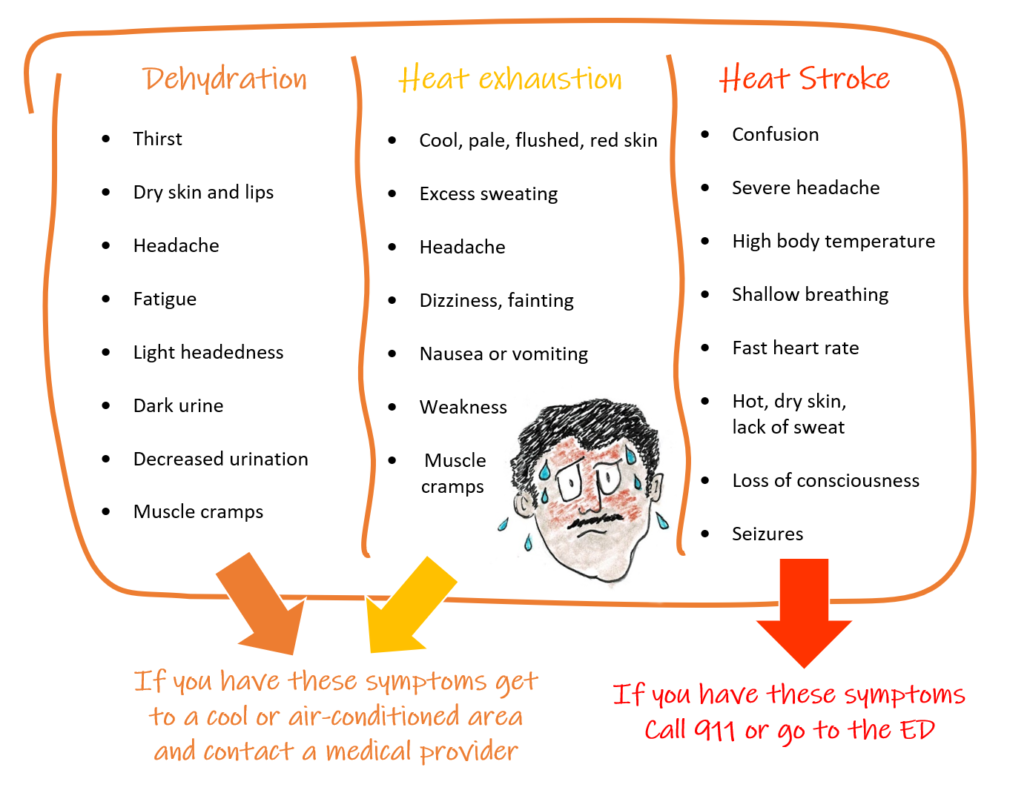By Kristina Ward, LMFT | Counseling
Media often gives the impression that having children and parenting are natural gifts give to all good parents.
It is NOT!
Parenting is like any other skill. New parents must learn and practice these skills. Sometimes, this practice is easy. But when special circumstances arise, such as ADHD in a 5-year-old, anger in a 4-year-old, or even just managing a little girl with long, thick hair, parenting can become as challenging as an episode of “Fear Factor.”
Learning parenting skills is not only good for the child but also crucial for the parent. Developing healthy parenting skills improves the parent’s confidence, self-esteem, self-worth, and trust in other relationships. The use of healthy parenting skills fosters positive interactions between parent and child, which, in turn, boosts the child’s self-esteem and confidence.
Five Parenting Skills to Develop
1. Show Appreciation
When your child does something noteworthy, express your appreciation. More than just saying, “Thanks for helping with the groceries,” also recognize qualities like humor, compassion, or simply getting up on time. For instance, “Dude, you’re alive! I love it when I get to have breakfast with you in the morning before we need to leave.” You might be met with an eyeroll, but a connection is made.
2. Establish Clear Boundaries and Clear Consequences
Create clear rules and expectations appropriate for the developmental age and stage. How do we set rules? And expectations? Define unacceptable behaviors clearly and link them to specific rules. Address the rule when the behavior occurs. For example, if a child hits another person, establish the rule “No Hitting” and enforce consequences such as timeout (short-term restriction), removal from play, or grounding (long-term restriction).
3. Practice Empathy
Empathy, understanding another’s feelings and experiences, is a learned skill. Model empathetic behavior in interactions. For example, a father might say, “You seem upset today, want to talk about it?” Acknowledging feelings without reacting to negative tones encourages open dialogue.
Sometimes, modeling the behavior we want to see in our children involves discussing it. For instance, when Mom comes home from work and goes straight to bed without making dinner, her son remarks, “Mom didn’t even make dinner for us.” In response, Dad suggests, “Let’s prepare dinner together for the family. You can bring some to Mom when it’s ready, so she can rest and still have dinner.”
4. Connection, Connection, Connection!
Just like friendships, the relationship between the parent and child is fostered with emotional connection. Validate your child’s emotions by naming and acknowledging them. “Are you feeling anger alone, or is there some frustration in that anger too? I’d be feeling frustrated and angry right now.” Stay connected throughout the week, even if you work odd hours, with simple gestures like leaving notes of encouragement such as “Good luck on your math test today!”
5. Teach Autonomy and Independence
Autonomy starts during toddlerhood and continues throughout adolescence and into adulthood. Parents can offer opportunities for healthy autonomy by offering choices, “Would you like to wear the pink top or the yellow top?” Respect your child’s opinions and emotions, and guide them through challenges to build problem-solving skills.
BONUS: Unconditional Love
Unconditional love is the love we feel no matter the child’s accomplishments, mistakes, or behavior. The child knows that he or she doesn’t have to do anything to be loved. Unconditional love doesn’t mean the child doesn’t have boundaries, expectations, and consequences. Unconditional love means: “Even when Mom is mad at something I did, I know that Mom still loves me.”
Parenting is a skill learned through experience and reflection. Seek support if you feel overwhelmed; you’re not alone. NAOH’s counseling team can provide more helpful parenting tips or be a listening ear during challenging times. Schedule an appointment here.


